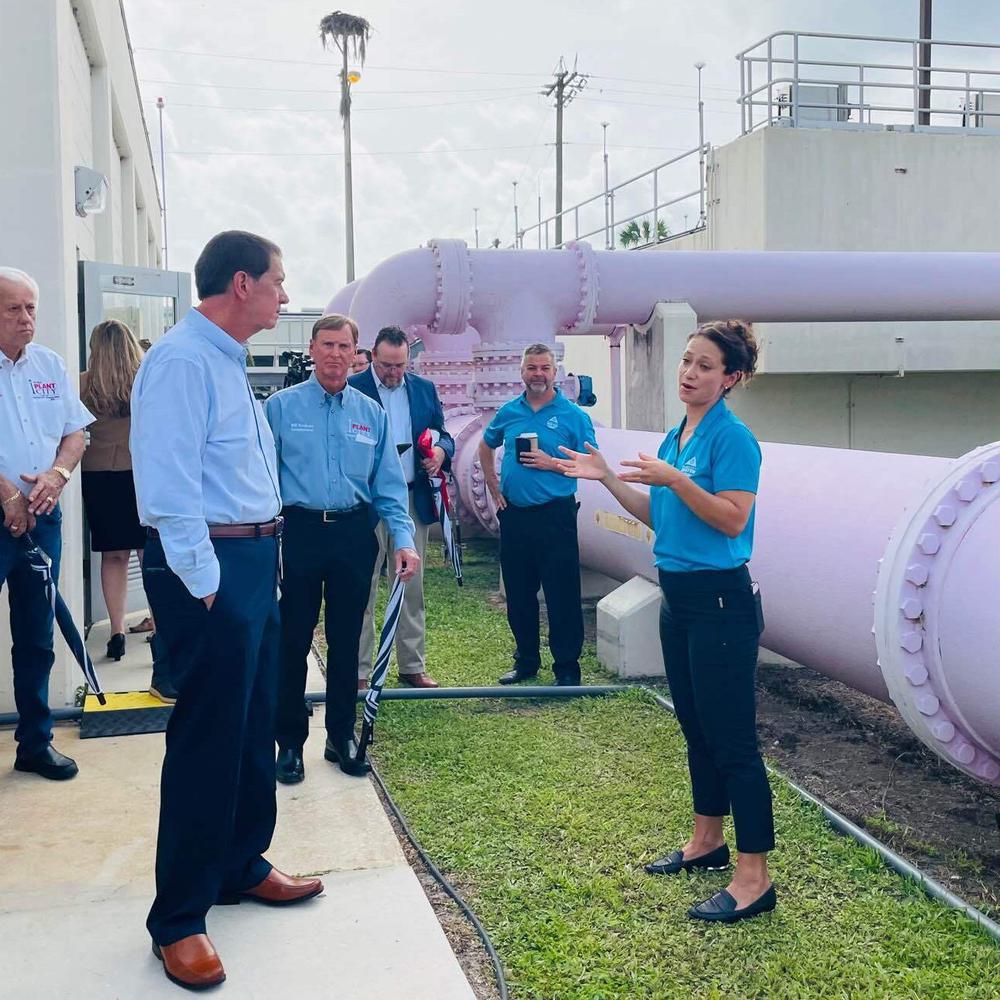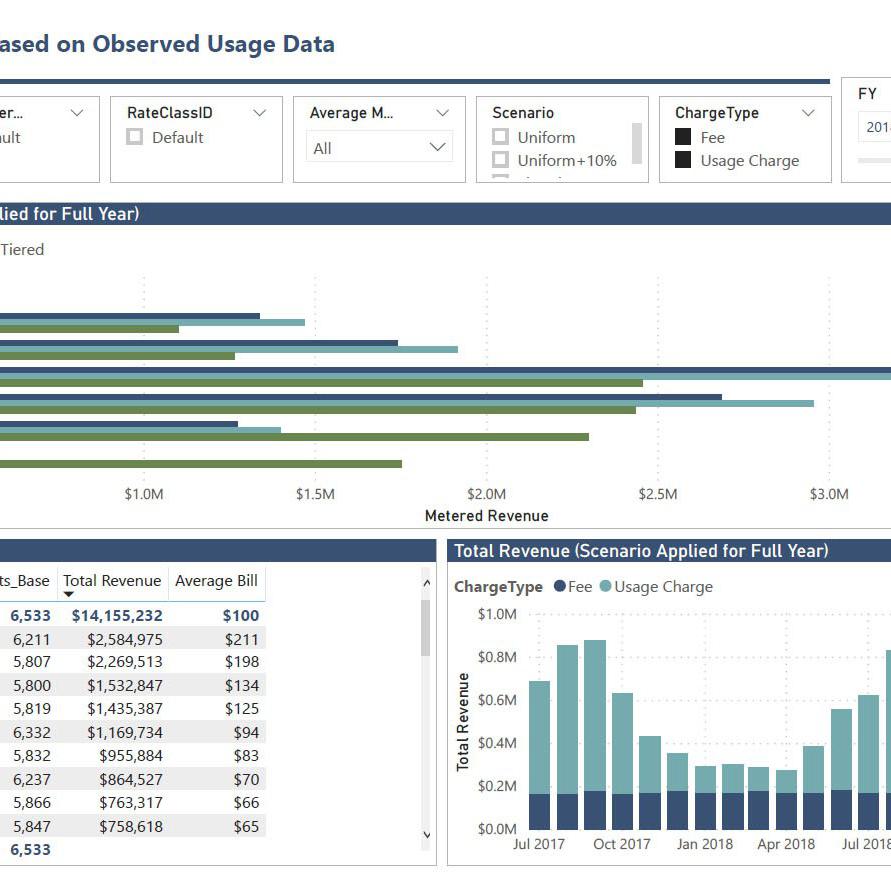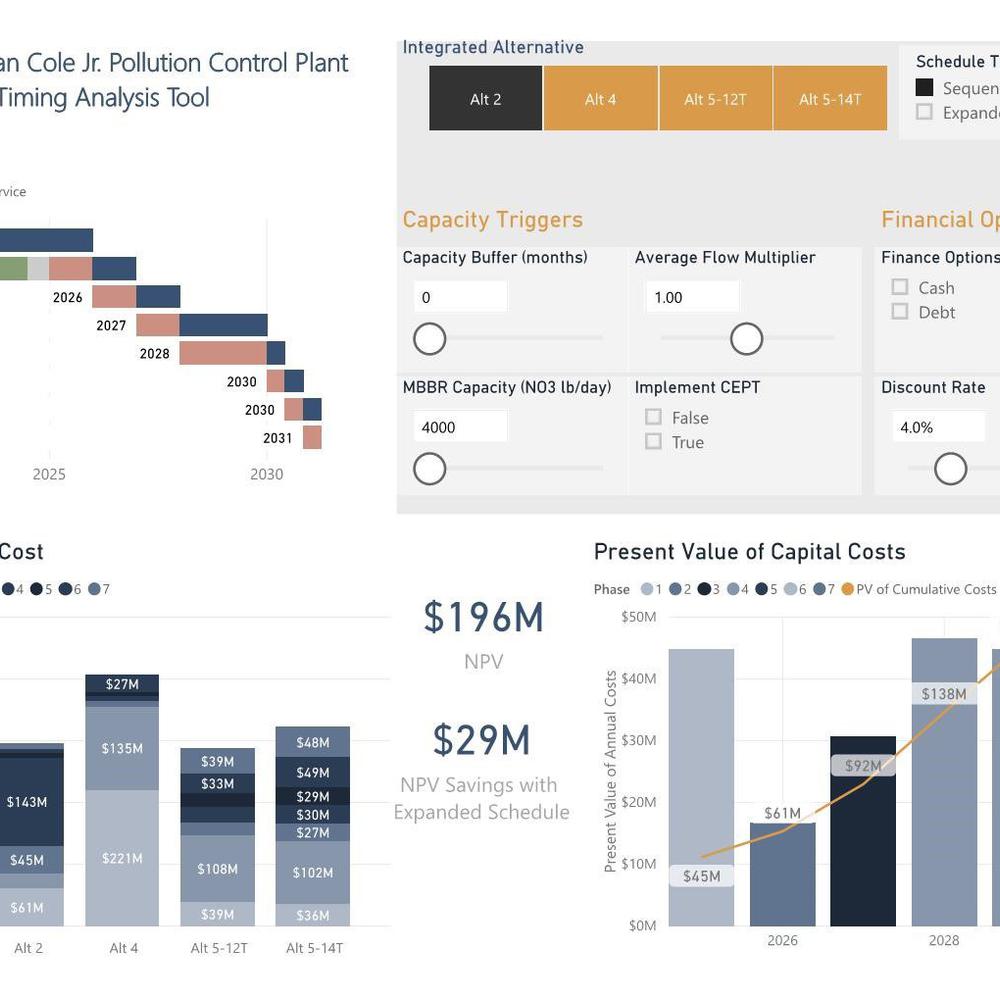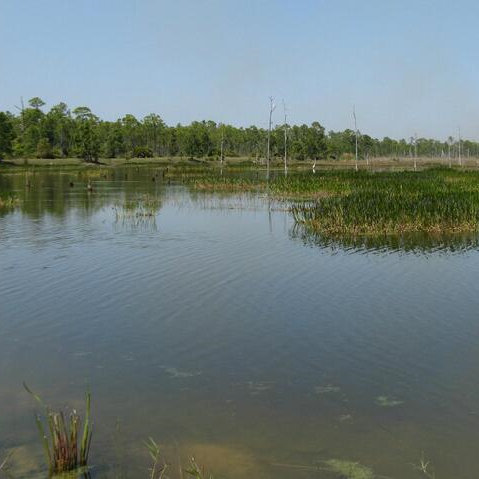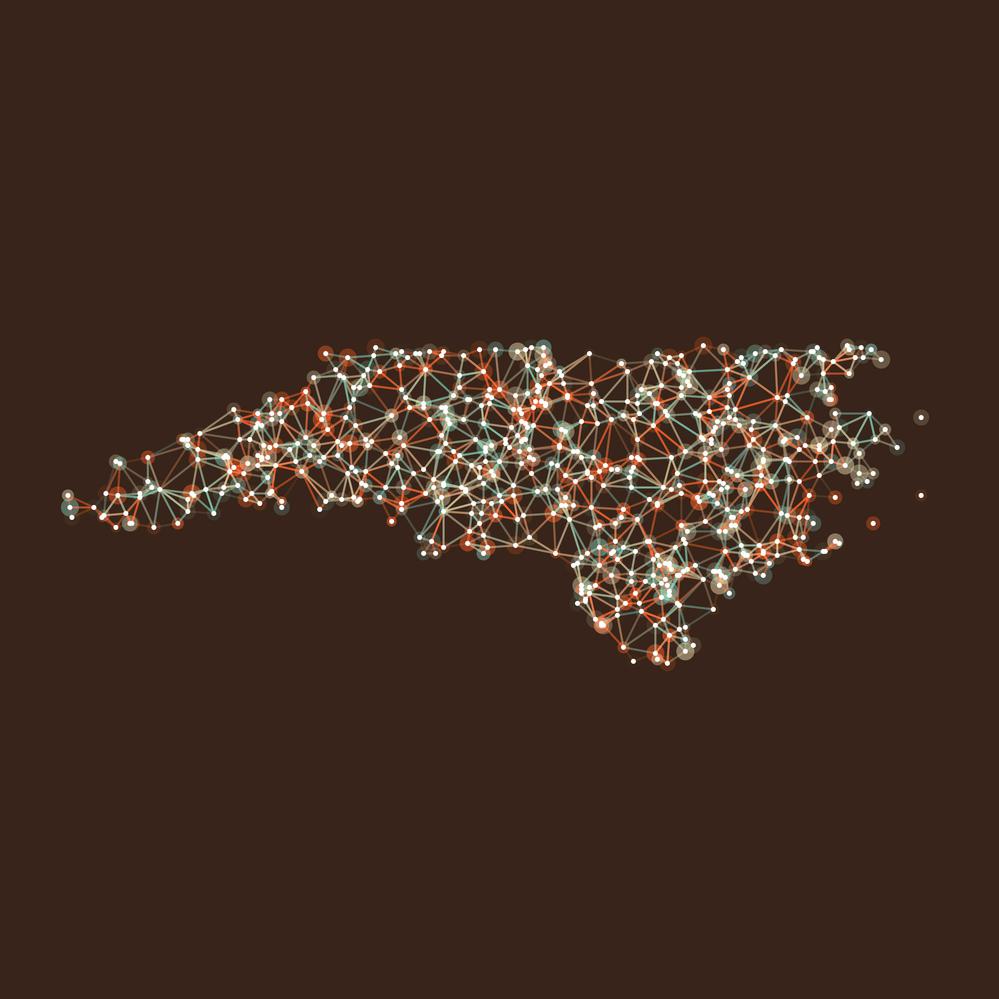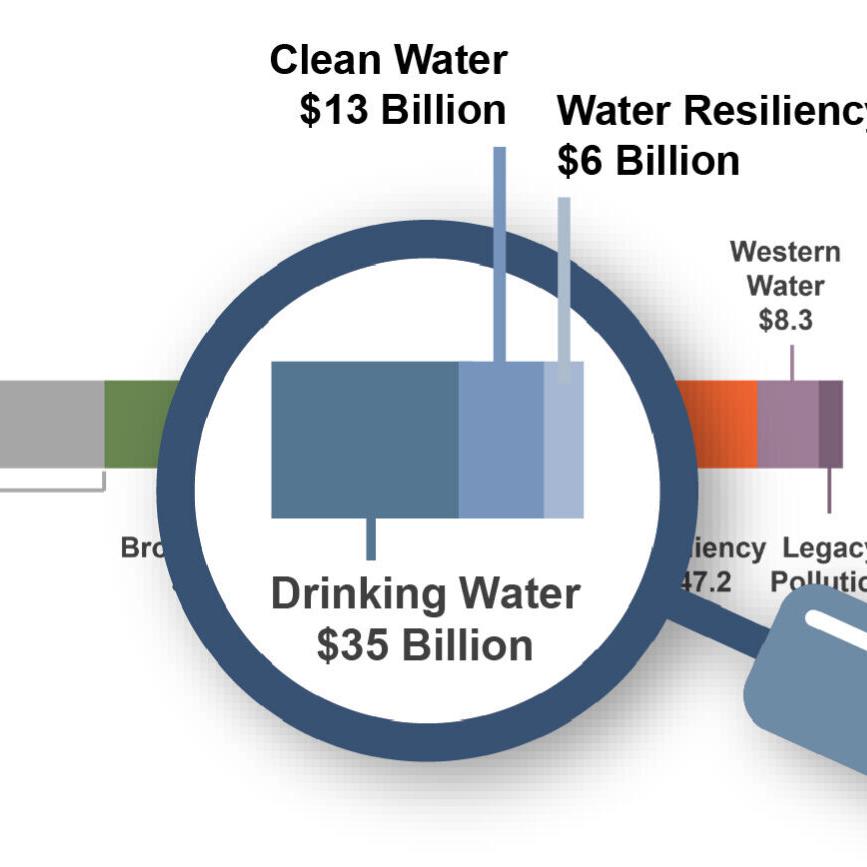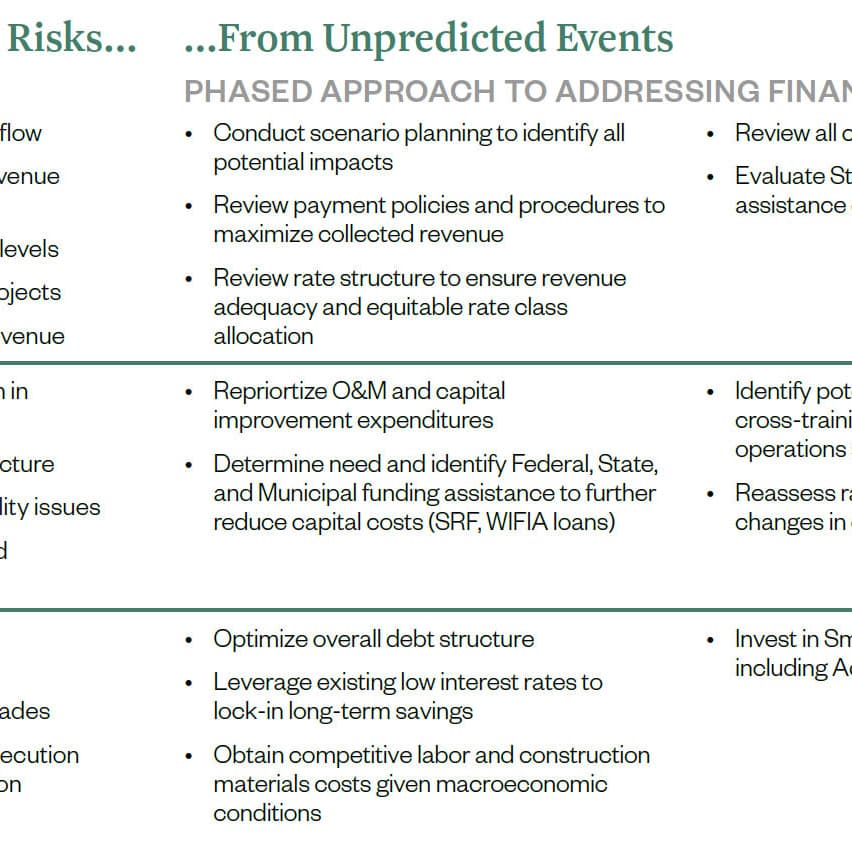Marine and Estuarine Goal Setting for South Florida (MARES)
Hazen and Sawyer provided integrated conceptual ecosystem models (ICEMs) of the coastal marine areas of south Florida, and human dimension ecosystem indicators of the coastal marine ecosystem.
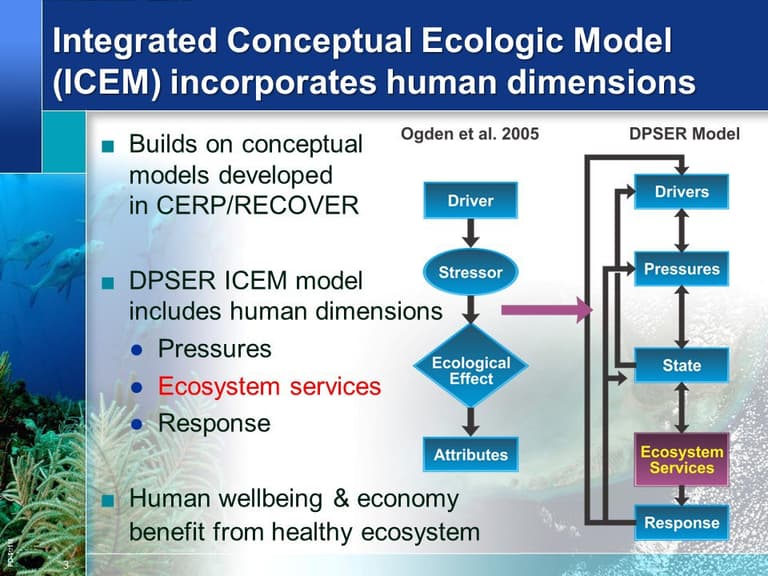
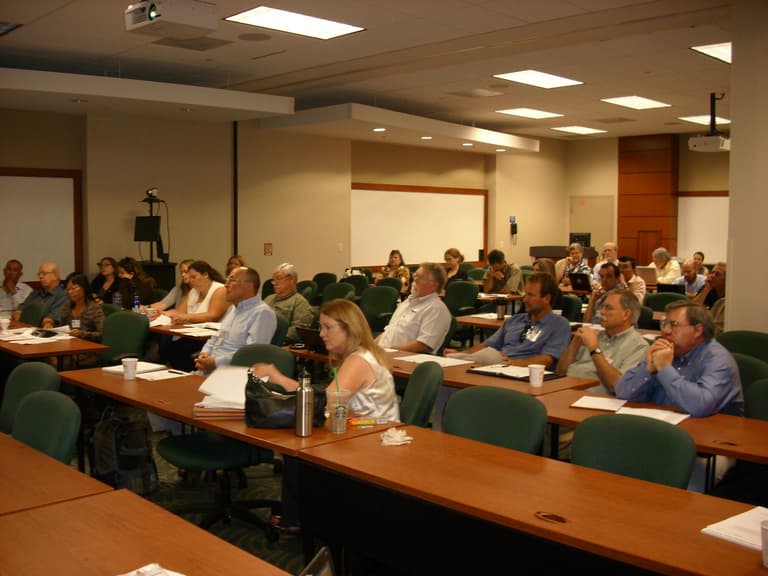
The overall goal of the MARine and Estuarine goal Setting (MARES) project for South Florida "is to reach a science-based consensus about the defining characteristics and fundamental regulating processes of a South Florida coastal marine ecosystem that is both sustainable and capable of providing the diverse ecosystem services upon which our society depends."
One of the papers (“Developing economic indices to assess the human dimension of the South Florida coastal marine ecosystem services”) produced by Hazen and Sawyer economists was published in Ecological Indicators in 2014. The paper was the first attempt to develop economic indicators of Florida ecosystems. The economic indicators developed included the percent change from year to year in: (1) Coastal park visitation; (2) Number of registered recreational boats; (3) Pounds of commercial seafood landed; (4) Number of live marine organisms landed; and, (5) Dollar value of insured flood damage claims paid.
Existing indicators of ecosystem health typically focus on the ecological components of the ecosystem and the impacts of human activities on resource degradation. They exclude the value that humans place on the goods and services provided by the ecosystem and thus result in underinvestment in marine protection and restoration.
The economic indicators provide a snapshot of trends in the use of ecosystem services based on data that are collected on a routine basis and that can be correlated with ecosystem economic values that are measured less frequently. A comprehensive assessment of the South Florida coastal marine ecosystem requires that the information provided by the economic indicators be combined with information on indicators of community well-being and indicators of the state of the coastal marine environment to create a complete picture of the state of the ecosystem. When humans are considered as part of the functioning ecosystem, the value of preserving and restoring ecosystems can be demonstrated.

Grace Johns is responsible for economic and financial studies for Hazen, including the monetization of benefits that reflect stakeholder willingness-to-pay for water and wastewater services.
Related Topics:
Project Outcomes and Benefits
- This process resulted in three reports for each of the three sub-regions of south Florida: Florida Keys/Dry Tortugas, Southwest Florida Shelf, and Southeast Florida Coast. These reports contain an overview of the MARES process, a narrative example of how the MARES process can be applied in each sub-region, and a series of appendices detailing several components of each sub-region.
- Paper published in Ecological Indicators in 2014 was the first attempt to develop economic indicators of Florida ecosystems.
